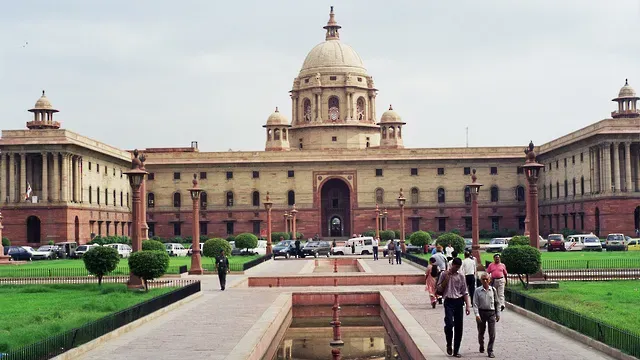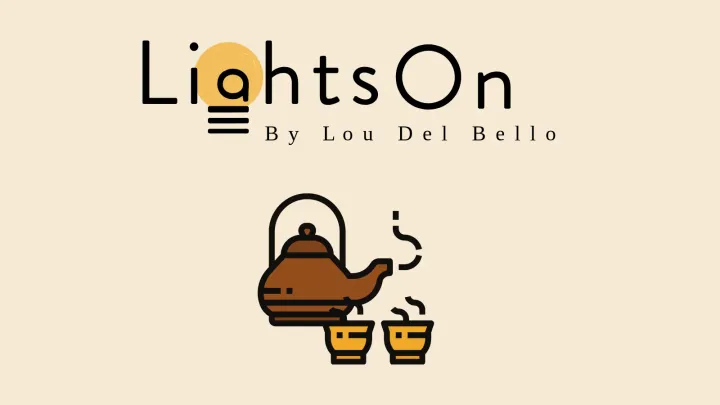India may already have the answer to keeping a Covid vaccine cold
With the right planning, the country may be ready to deploy a cold chain that is cost effective and energy efficient.

Welcome to Lights On, a newsletter that brings you the key stories and exclusive intel on energy and climate change in South Asia.
Today’s story is public, but I am going to be adding more content and tools that I hope you will find useful and worth your dollars.
- Chances are that for each story I report I have much more data and information than what ends up published on here (for this story, I interviewed six people but you will hear from only two). This is essential to keep the piece readable, but if you have any questions ask away using the reply button, and once I have enough questions I will answer them all in a post.
- For members, there’s a LinkedIn group where you can ask me anything about my stories and chat with like-minded climate and energy nerds. When you request to join, please let me know you are a member so I can let you in.
Happy reading!

A newborn is vaccinated at District Hospital Saraikela in India - Image credit: Flickr/USAID
From walk-in fridges in five star hotels to freezers storing chips in every McDonald’s, down to the last corner shop ice cream cooler, India may soon call upon a cold storage network tens of thousands of units strong to help deliver the biggest immunisation campaign in its history, experts say.
Putting to use fridges of all sizes, many of which will never have stored a vial of any kind before, might seem like an extreme approach. But the announcement this week of a successful trial for the world’s most promising coronavirus vaccine has also led to new urgent questions. Can pharmaceutical companies produce enough of the new vaccine – and even if they do, will recipient countries have what it takes to distribute doses to all their people?
The new vaccine, developed by the company BioNTech for Pfizer, is a textbook example of the unforeseen challenges faced in tackling an unprecedented pandemic: because it’s based on RNA, a very unstable molecule that is prone to breaking down, it needs to be preserved at a temperature of -70°C. Currently, no country has the right infrastructure to distribute it at scale - although the technology is there to start circulating a small number of doses.
A vaccine that works for the developing world
Researchers are confident that while the Pfizer vaccine may be the first to have achieved 90 percent effectiveness, it won’t be the last. Many are at work in India and elsewhere to find a vaccine that will be better suited to the needs of those countries for which ultra-low storage temperatures pose an insurmountable challenge.
Either way, a coronavirus vaccination program in India will be a huge logistical feat, says Vikram Murthy, National President of the Indian Society of Heating, Refrigerating and Air Conditioning Engineers (ISHRAE). India’s cold chain, mostly devoted to moving perishable food around the country, is pretty advanced, but it will have to be repurposed to distribute vaccines at temperatures that may vary from up to 8°C to well below 0°C depending on the formulation. And it will have to do so in a cost effective and energy efficient way.
“There will be many parts of the cold chain which will have to all come together in a government directed program,” Murthy says. “One of them is the railway system, which will be loaded with refrigerated containers travelling from north to south and east to west through dedicated corridors.” The containers will be offloaded at every city on the way and the train will continue on its journey, covering up to 4,000km a day. The last mile of the supply chain would be covered through refrigerated containers reaching the smallest towns and villages.
Go for a pizza, get your shot
Pawanexh Kohli, former founding CEO of India’s National Centre of Cold-chain, says that India needs to make sure to use whatever infrastructure is already in place at its best. This includes trains, but also the myriad storage units that could be repurposed to distribute the vaccine and are currently underutilised due to the pandemic. “In the cold chain, let's not get too focused on the cooling aspect alone.” Rushing to build new expensive and emission intensive infrastructure that may not even be needed for a long time is the wrong way to go, he says. “Instead, let's look at the applications and see what tools we have today to address the most urgent situation.”
Think about your store bought pizza, he says. “The dough balls have been prepared beforehand at a central commissary, so that they all taste the same.” Every week, kitchens across all branches are restocked, and based on historical data store managers know when more customers are likely to walk in, so they take out enough dough balls in advance.
“So why can't we just go for a pizza, get a shot and come back?” After all, the system is already equipped to store and distribute cold products - and in the middle of a pandemic pizzerias and hotels will not be crowded, so social distancing can be maintained.
Currently, India has more than 8,000 large cold stores for agricultural produce, totalling more than 150 million cubic metres in capacity. Add to that almost the same number in smaller walk-in refrigerators at hotels and food outlets, and nearly 29,000 vaccine storage points are ready in the existing network. “Almost all these assets can cater to vaccines in the 2 to 8°C range,” Kohli says, while approximately 15 percent of the cold stores can also cater to -20°C temperatures.
Catering to the need for ultra-low temperatures
The network may be extensive, but it would not work for the mass deployment of vaccines like Pfizer’s which require ultra-low temperatures. And while this may not be the favourite option for countries like India, which currently doesn’t even have an agreement with the German company, it can’t be ruled out until a viable alternative is found.
In this case, Kohli says, “insulated carriers with dry ice will do the job, at least initially”. In the long term, if required, “liquified natural gas (LNG) terminals are a nice option where such temperatures are available,” he says. “Currently, India throws out nearly a gigawatt of cold energy at existing LNG terminals where the liquefied natural gas is turned back into gas and warmed up before supplied as natural gas in the gas grid.”
Let’s say the new vaccine offers immunisation for a short period, and regular boosters are needed. “That's when we have enough time to start building up more vaccination points across the country, and people could queue without social distancing because they would be still immunised.”
But such a push involving large amounts of new construction should come only after the most urgent need - a first round of immunisation - has been taken care of. Rushing to create an ultra-low temperature cold chain right now, Kohli says, “would mean setting up an expensive system that may not even be needed for long, emitting a huge amount of greenhouse gases, without the technologies to pull down temperatures to the extent needed. That would be the wrong way to address this crisis.”
This week I spoke to a few readers who wanted to become members but had seen their finances badly hit by the pandemic. If that’s you, please do get in touch and we’ll work out a discount. If you can afford a full membership, consider one - so I can sponsor more people!



